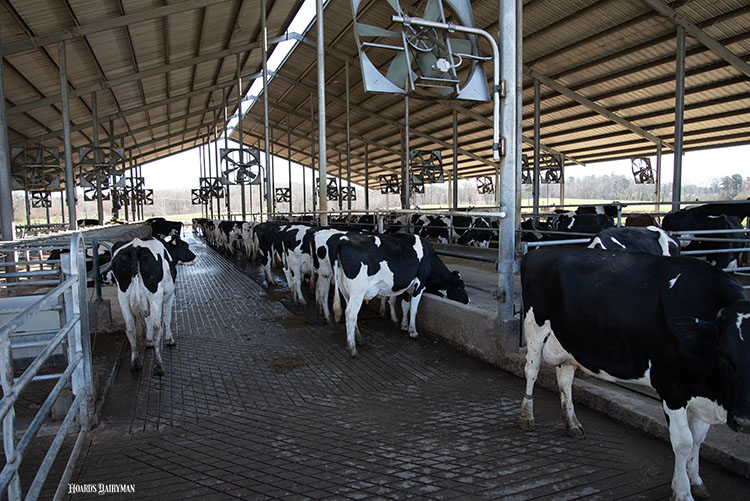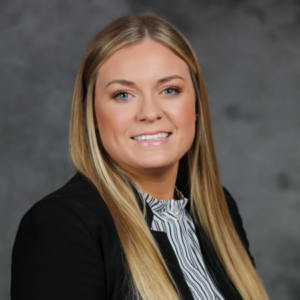Integrity, ingenuity and the pursuit of excellence earned three farms and one program evaluator this year’s National Dairy Farmers Assuring Responsible Management (FARM) Program’s Excellence Awards, which were announced Nov. 11 at the Joint Annual Meeting.
The awards recognize participants who uphold program values by demonstrating U.S. dairy farmers are committed to producing high quality, wholesome milk.
The 2025 FARM Excellence Award recipients are:
- Animal Care & Antibiotic Stewardship — Bar E Dairy (Land O’Lakes, Inc.)
- Environmental Stewardship — Five Star Dairy Farm LLC (Associated Milk Producers Inc.)
- Workforce Development — Glezen Farms, LLC (Maola Local Dairies)
- Evaluator of the Year — Lisa Ford (Cayuga Marketing)
“These winners exemplify FARM’s mission of continuous improvement through action, integrity and resilience,” Chief Veterinary Officer Dr. Meggan Hain said. “It’s our honor to highlight the good deeds of the dairy industry, not only to assure customers, but also to reward farmers for their continued contributions and dedication.”
FARM created the awards in 2021 to celebrate farms dedicated to continuous improvement in each of the FARM Program pillars and to recognize a FARM Program evaluator for their exceptional care and attention to the farms they evaluate. The awards are judged by FARM Farmer Advisory Council members and other subject matter experts.
Farms and evaluators may be nominated by fellow dairy farmers and evaluators, members of their communities, extension, cooperative or processor staff, veterinarians, or other industry professionals.
About the winners:
- Bar E Dairy is located in Kingsburg, CA, and is a member of Land O’Lakes, Inc. Bar E Dairy received the 2025 FARM Excellence Award in Animal Care & Antibiotic Stewardship for its commitment to exceptional animal welfare and judicious use of antibiotics through on-farm technology and innovation.
- Five Star Dairy Farm LLC is located in Alma, WI, and is a member of Associated Milk Producers Inc. Five Star Dairy earned the 2025 FARM Excellence Award in Environmental Stewardship for its use of conservation practices to promote and maintain the land, water and wildlife in its community.
- Glezen Farms, LLC is located in Lisle, NY, and is a member of Maola Local Dairies. Glezen Farms secured the 2025 FARM Excellence Award in Workforce Development for its dedication to fostering a safe, informed and responsible workforce through training and resource investment.
- Lisa Ford is based in Auburn, NY, and is a FARM Program evaluator for Cayuga Marketing. Lisa took home the 2025 FARM Evaluator Excellence Award for her devotion to serving Cayuga members through education, leadership and advocacy.

 By Beverly Hampton Pfifer, Senior Director, FARM Animal Care
By Beverly Hampton Pfifer, Senior Director, FARM Animal Care





